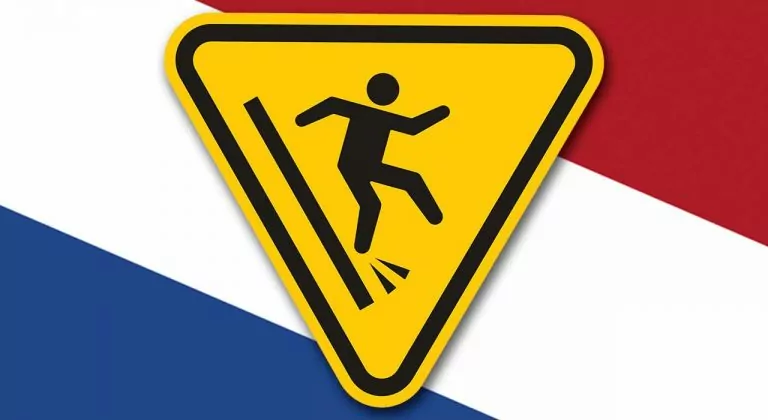Doctors in the Netherlands are getting mail. Every single general practitioner in the country – some 14,000 – will receive their own copy of the new national code of practice for euthanasia. An updated edition of the code was published in May by the Dutch committee that oversees euthanasia. The committee reviews each reported instance of euthanasia to ensure the doctor followed the law. This new code of practice is supposed to help doctors understand how they will be evaluated. However, the new code also illustrates how quickly the Netherlands has gone down a slippery slope
The Dutch government’s Minister for Public Health, Hugo de Jonge, inadvertently hit the nail on the head when he told a Dutch newspaper, “The new code of practice has to offer guidance because for many doctor it feels unnatural to administer euthanasia.”
The Netherlands was the first country in the world to legalize euthanasia in 2002. The law was written to permit euthanasia for patients with “unbearable suffering with no prospect of improvement.” Thus, it was not strictly limited to patients with a terminal illness.
At the time, critics pointed out that this wording was highly problematic and would eventually lead to euthanasia for people who are still years or even decades away from their natural death. How right these critics were.
The new code of practice devotes considerable attention to euthanasia for patients with an “accumulation of old age complaints.” These complaints are described as things like “sight problems, hearing problems, osteoporosis, arthritis, balance problems, cognitive decline.”
In other words, these are the degenerative conditions that are a normal part of getting older. The patient does not need to have a terminal illness. In fact, there is not even a minimum age requirement.
The only consideration is that the patient has unbearable suffering with no prospect of improvement. And the code of practice readily admits this can be subjective. “The unbearability of the suffering is sometimes difficult to determine because the experience of suffering is deeply personal. “ Doctors are instructed to look at “the medical history, biography, personality, values, and pain threshold of the patient.” From there, a doctor should place himself “not only in the situation but also in the perspective of the patient.”
The code of practice also talks at length about euthanasia for patients with advanced dementia, even though this practice is highly controversial and many doctors refuse to participate. In January, ethicist Berna van Baarsen resigned from the oversight committee because, as she told a Dutch newspaper, she considers it to be “indefensible.”
The new code of practice also discusses euthanasia for psychiatric patients. They are eligible if their suffering meets the criteria of “unbearable with no prospect for improvement” – even if they’re still very young. In January, psychiatric patient Aurelia Brouwers was euthanatized. She was 29-years-old and had no terminal illness.
The code of practice says doctors must consider carefully whether there are further treatment options for the psychiatric patient, but it also says the patient is not obligated to try every option. Jacob Kohnstamm, chairman of the oversight committee, told a Dutch newspaper,
“You can always argue that there’s another treatment to try. But the question is – given strength of the patient and the odds of seeing improvement – whether it is worth it.”
Euthanasia for psychiatric patients has grown at an astonishing rate. In 2011, there were only 13 reported instances. In 2017, that number had shot up to 83.
Euthanasia in general has increased enormously in the Netherlands. In 2010, there were 3,316 reported instances. In 2017 there were 6,585. Thus, death by euthanasia has doubled in less than a decade. The chairman of the Dutch Royal Medical Association recently asked the Dutch Ministry of Public Health to communicate to patients that euthanasia not a “right” and that doctors are never obligated to administer it. Even if this is successfully communicated, rates of euthanasia are unlikely to decrease any time soon. As the new code of practice illustrates, the threshold for euthanasia in the Netherlands keeps getting lowered.











